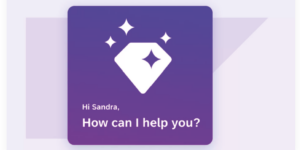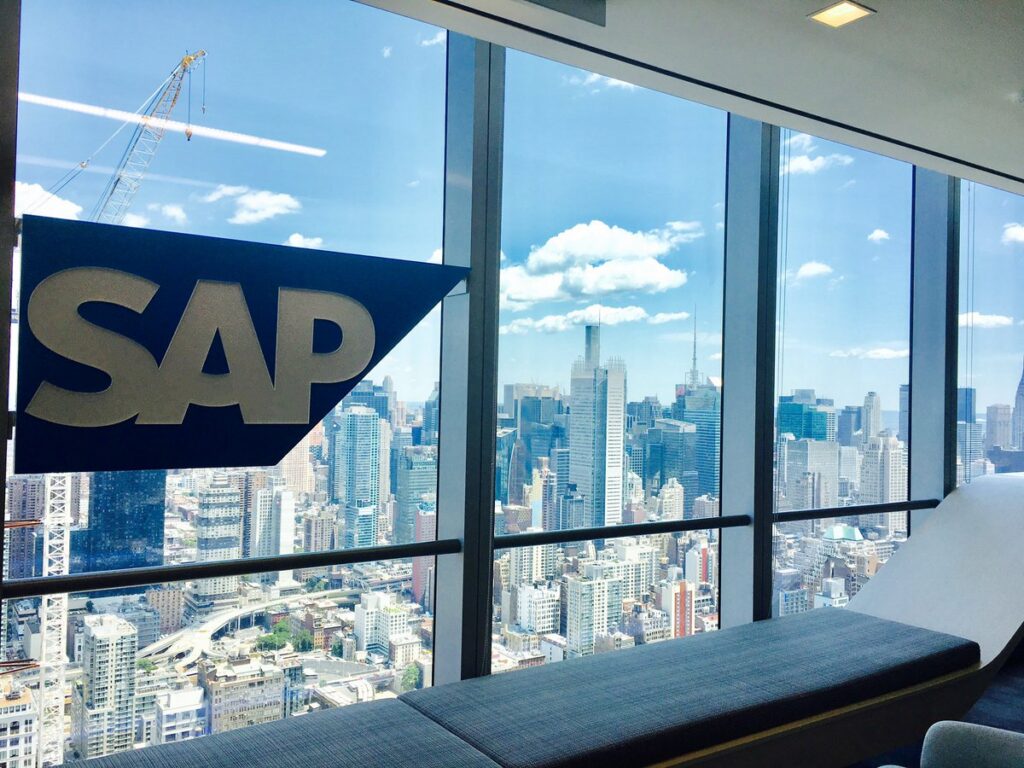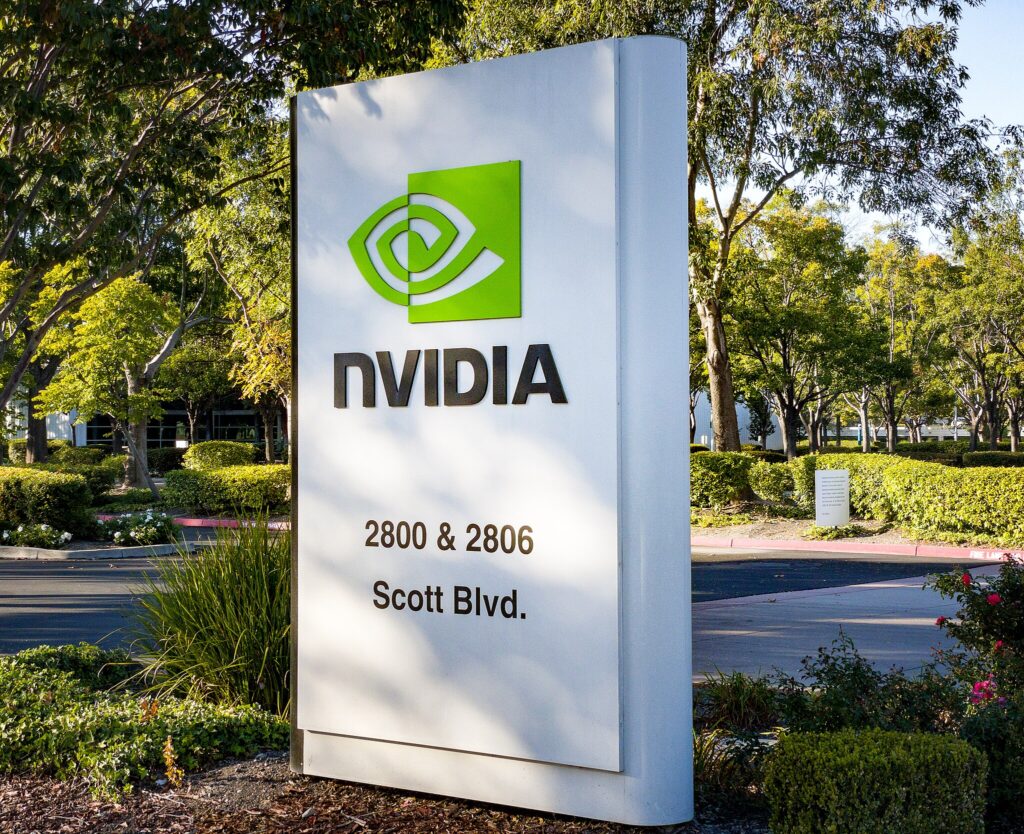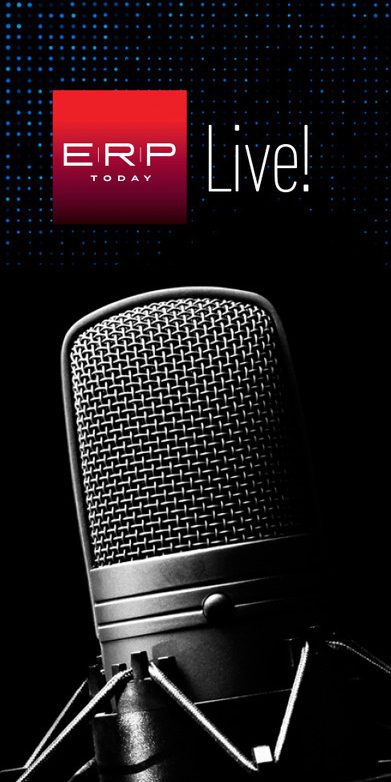As the American airline, Delta Air Lines, brings its HR AI vision to life, will the intelligent land of SAP’s Joule be its next destination?
One of the major airlines in the United States, Delta Air Lines offers tickets and flights to almost 300 destinations across six continents, employing over 100,000 people in the process.
Last year saw the airline deliver its services to over 190 million customers, transporting not only people but also holdings with Delta Cargo – from the likes of life-saving medical deliveries to fresh flowers and seasonal produce.
As companies across the SAP landscape and beyond find their ears twitching at every mention of AI, for better or worse, ERP Today asks how Delta’s HR department intends to make real use of the advancing technology, touching on chatbots, cloud and the potential of SAP’s new Joule copilot.
Exploring its history with SAP, Delta Air Lines has been a customer for going on two decades, and in 2014, the company undertook a massive HR transformation to replace some remaining early 90s legacy systems with an SAP core and SuccessFactors modules, lighting the runway for further innovation down the line.
Tim Gregory, MD, HR and innovation and workforce technology at Delta Air Lines, was hired “to land the plane there, so to speak” and complete the project back in 2018. This included the implementation of ECC, payroll, and all the SAP SuccessFactors modules, with the exception of recruiting and EC (Employee Central).
We want to build within the hearts of our employees a desire to bring discretionary effort to delight customers.
Since then, Gregory has set sights on boosting the airline’s use of AI technologies, focused on “the place where people and technology come together” – human resources. The goal? To deliver better employee experiences through the use of technology, “primarily SAP, or the SAP shop” says Gregory, “to build within the hearts of our employees a desire to bring discretionary effort to delight customers”.
Delta’s AI destination: career take-off
In the midst of its latest implementation for its HR department, Delta is deploying a Talent Intelligence Hub, a relatively new solution in SAP SuccessFactors, due to go live for the airline this Spring. Designed and collated using embedded AI tools, it’s hoped to create greater career progression opportunities and unlock and nurture new skills in the Delta ranks.
We’re really focused on unlocking the skills within our workforce enabling folks to have multiple careers.
“We have an initiative within Delta to focus on what we call skills first,” shares Gregory, “which puts a laser focus on the skills that folks bring to the table as opposed to where they got them. Right now, we’re really focused on unlocking the skills within our workforce enabling folks to have multiple careers, enabling our frontline – folks who are out there every day working with customers – to have the ability to move from hourly jobs into salaried roles where they can take that real-world experience working with customers and bring it to a higher level of influence and strategy across our company.
“We’re very interested in the quality and the expertise that people can apply to those skills, as well as breaking down a lot of the traditional structures, job hierarchies and typical ways in which career progression occurs. The intelligence hub is going to be a key part of that and the growth portfolio looks to bring a level of personalization which is really, really important to us.”
Working alongside SAP on the project, the HR head recommends coordinating very closely with the product development team to provide feedback, along with linking up with several other companies participating in similar design workshops.
Alongside SAP’s Skills Ontology, which covers over 30,000 skills present across industries in the global job market, AI tools are allowing Delta to develop its own Attributes Library, based upon the skills expressed by the longstanding people within the company.

Using natural language processing, the teams can harvest those skills definitions from their operations to train employees more seamlessly and in the way a Delta person speaks. From there, the airline has also been working with SAP and other users to build proof of concepts for generating predictions for a variety of use cases, including job descriptions.
“We’re in the process right now of building a number of prototypes and we’re very, very pleased with the progress that’s being made there,” explains Gregory. “They’re the building blocks of all the skills that kind of unite us as a company and our culture and our values and then allow us to expand that into detail with AI.
“It blends what HR traditionally is comfortable with and how we talk with real-world, highly detailed and highly accurate expressions of the skills necessary to run a company.”
For the HR head, the strength of the solution is best shown in text-rich environments that HR is filled with, including legal, procurement, and so on, making that department one of the lowest-hanging fruits for the technology.
“It is so text-intensive and so much of the innovation has occurred in the text space. What it does really well is understand language – what it doesn’t do as well is math. We’re also seeing the emergence of image generation, image recognition and there are plenty of use cases in that space, in our industry, to be able to recognize something using ML and AI.
“There’s an endless number of use cases as this technology matures and we go from just text to audio and video and these multimodal systems start to come online.”
The AI cloud cut-off
With SAP limiting some of its latest AI innovations to its cloud customers, ERP Today asks the burning question – is Delta going to make the core S/4HANA shift?
Gregory is diplomatic in his response here: “A brilliant question – we’re in the midst of evaluating the best course forward right now, as with many companies. There are some appealing attributes of both. We’re working very closely with finance so that we can look holistically at our labor costs and our cost centers and org units and align around position management.
“Clearly, there are some benefits with ECC for that sort of strategy, but the S/4 route in terms of total expenses, and so forth, also has its appeal as well. We’d love to be able to co-design the move there, also on-premise. We’re actively engaged in making that determination.”
The brightest AI Joule?
Available only for cloud customers, and going beyond the preprogrammed response generators of the past, Joule has been marketed as a copilot and personal assistant fueled by GenAI, a combined leap forward from SAP’s previous products in this area.
Uniting conversational abilities as a copilot and digital assistant/chatbot, Joule is said to be built to communicate directly with businesses’ backbone solution sets, from HR to finance, supply chain, procurement and customer experience, as well as into SAP Business Technology Platform.
It’s arguably too soon to expect stories of Joule success just yet, but the question is, are companies considering this intelligent assistant as a viable investment for their needs in the near future?
 This wouldn’t be the first chatbot-style implementation for Delta, with the company having engaged in the chatbot world for a few years now in its customer experience (CX) services. An early adopter back in 2013, the company was said to have “won big” with its conversational interactive voice response (IVR) system saving them $5m across the 36 million calls handled per year. But, for its HR management, as well as its AI journey, will Delta be keeping Joule, and therefore cloud, in mind?
This wouldn’t be the first chatbot-style implementation for Delta, with the company having engaged in the chatbot world for a few years now in its customer experience (CX) services. An early adopter back in 2013, the company was said to have “won big” with its conversational interactive voice response (IVR) system saving them $5m across the 36 million calls handled per year. But, for its HR management, as well as its AI journey, will Delta be keeping Joule, and therefore cloud, in mind?
“We mirror a lot of what is happening on our CX side of the house,” says Gregory. “We take a lot of those strategies around personalization, elevated experiences, and we bring it over to the EF [executive functions] side of the house.
“Personalization is a big push for us. What we’re seeing is this sort of evolution from intent-based conversational bots to generative AI, which is fascinating in how quickly it’s evolving. We’re exploring that world where conversational, generative AI and bots come together.
“One of the things that was really interesting about Joule, when you consider HR and the employee experience, is there are three channels traditionally [through which] HR is delivered to the employee population, so oftentimes employees have channel confusion, right? Particularly for new employees, and we’ve hired a lot of new folks recently, and that ability to move gracefully across those channels is really important – it saves a lot of time and can boost the employee experience.
“A lot of times you come into an expectation, particularly if you’re a digital native, thinking ‘I should be able to do this online and there should be no issue with this’; Joule can help manage that expectation and ease that transition through the channel, so we’re really excited about that potential.”
But, getting down to the realities of implementation, beyond cloud shifting, the main AI blocker for Delta is data.
“We’ve developed our use cases around that focus on skills at the early part of the year, so we’ve got a roadmap for the use of generative AI and bots will be included in that at some point. Ultimately, we are not in our roadmap right now looking at bringing employee data into this at all,” explains Gregory.
“We want to learn about the skills and job descriptions and training and then there’s a chasm between teaching the machine those sorts of things versus bringing in people data, and spanning that chasm would require a great deal of consideration, including work with our legal and compliance teams and so forth.
“So we’ll cross that bridge when we get there but we’ve got a lot to learn about just generative AI, multimodal AI, these RAG (retrieval-augmented generation) models; there are various patterns emerging, fine-tuning and how does that play into it, model selection, training methodologies… Getting really, really good at that will build credibility within our IT organization and HR and with our employees, so that once we get to that place, employees know that they’re in safe hands.”
Once built, there is surely a valuable long-term and appreciating asset to be had in the likes of copilot assistants such as Joule, and though Delta, like other SAP users, no doubt sees the benefits, technology heads are currently erring on the side of caution when it comes to processing employee data to fuel these GenAI tools for now. So, though it’s probably too soon to say if Joule, as the latest in a line of SAP releases, is set to be a hit for users, it’s certainly piquing businesses’ creative curiosity about what they can achieve next with this technology and how to ensure a safe take-off.
A brief assisted history of SAP chatting
So, where did Joule come from anyway? In its half-century history, this is hardly the first time SAP has delivered a chatbot product.
Rewinding the clock to a few years ago, 2017 saw the launch of SAP CoPilot digital assistant, a web application and platform working in tandem with SAP Leonardo to build conversational applications, with the release of S/4HANA 1709.
Then, after acquiring RecastAI back in early 2018, SAP launched SAP conversational AI (CAI), an end-to-end bot-building platform that allowed users to train, build and connect chatbots to business assets, whether that be a website or a social media page, with retail and manufacturing market sectors dominating the use cases here.
Spurred on by the pandemic, the use of chatbot communication then expanded across a breadth of business types, everyone from banks to airlines. Looking forward, SAP began hinting at its intention to combine all its conversational AI tools together into one offering and, as GenAI technologies have advanced, did just that. The launch of SAP Joule has followed, in tandem with the end-of-life-ing of SAP CAI in Dec 2023.
But, as we say bye to CAI with the announcement of Joule, for many users the question is what will this new product actually deliver? Is Joule set to be a hit or a fleeting fad with SAP users?
Going beyond the preprogrammed response generators of the past, Joule is marketed as a copilot and personal assistant fueled by GenAI, a combined leap forward from SAP’s previous products that, the company promises, “will know what you mean, not just what you say”.
Uniting these conversational abilities as a copilot and digital assistant/chatbot, Joule is said to be built to communicate directly with the very backbone of businesses’ solution ecosystems, from HR to finance, supply chain, procurement and customer experience, as well as into SAP Business Technology Platform.
Here, we see SAP turning its focus to augmenting the S/4HANA cloud experience as a whole with chatbots, seeking to provide both businesses’ employees and customers with a speedier and more scalable conversational experience.





